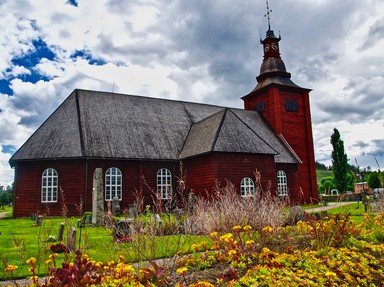Quiz Answer Key and Fun Facts
1. One of the earliest mentions of Sweden and its people is found in the work known as "Germania", written by which great Roman historian?
2. The advent of the Viking age in the early 9th century marked the official end of Swedish prehistory. By what name were Vikings from Sweden known in the Byzantine Empire?
3. What neighbouring country, part of the Kingdom of Sweden until 1809, was the target of a number of military expeditions called "Crusades" in the 12th and 13th centuries?
4. Who ascended the Swedish throne in 1523, finally making Sweden independent from Norway and Denmark, and establishing the Lutheran Church?
5. The Swedish Empire, which dominated Northern Europe for almost a century, emerged during what bloody conflict, which ravaged large parts of central Europe in the first half of the 17th century?
6. Before her abdication in 1654, Queen Christina of Sweden was a well-known patron of the arts and the sciences. Which great 17th-century French philosopher and scientist (who equated thinking with being) was invited by her to Stockholm, and died there in 1650?
7. What charismatic ruler defeated King Charles XII of Sweden at the Battle of Poltava in 1709, putting an end to the Swedish Empire?
8. In 1809, King Gustav IV was overthrown by a military coup. What was the surname of the Marshal of Napoleon's army who was chosen to become Sweden's king, and founded the current Swedish royal house?
9. What catastrophic event (well known to the Irish) struck Finland and Sweden between 1866 and 1869, causing the death of thousands of people, and large-scale emigration to North America?
10. During the two World Wars, Sweden remained officially neutral, and after WWII refrained from joining NATO for the remainder of the 20th century.
Source: Author
LadyNym
This quiz was reviewed by FunTrivia editor
gtho4 before going online.
Any errors found in FunTrivia content are routinely corrected through our feedback system.
